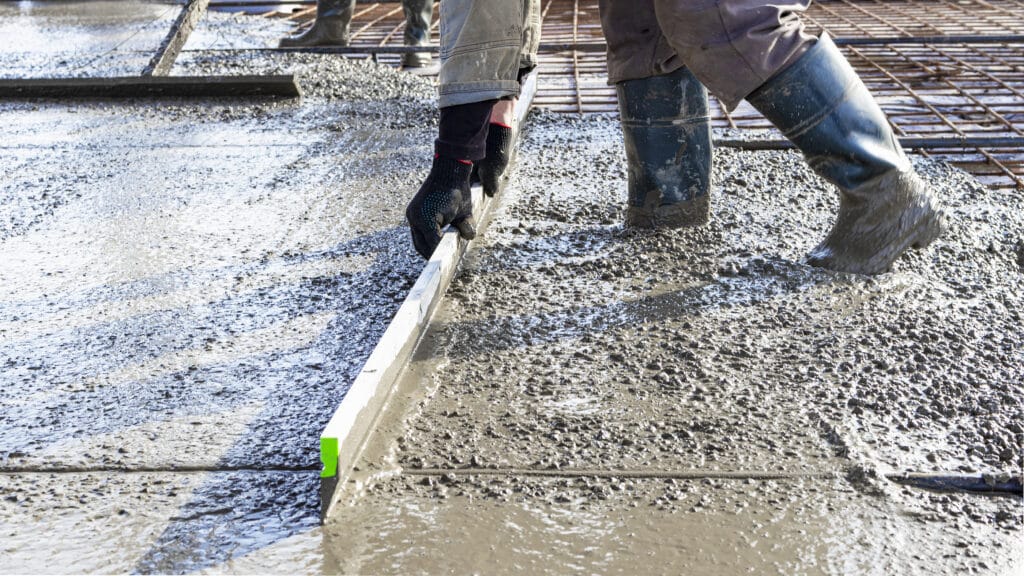
Painting comes in many different forms; some styles are highly realistic while others more abstract.
Some paintings use shapes, colors, streaks and drips to produce an original effect – this style is known as gestural abstraction painting; Jackson Pollock made use of this technique in his famous drip paintings. It makes for very compelling viewing!
Oil Painting
Oil painting has long been used throughout Art History to produce iconic masterpieces. This technique involves applying pigments suspended in drying oils directly to canvas or board for painting. Look out the best Painters Melbourne.
Artists can utilize various drying oils to achieve various textures in their oil paintings. Turpentine can be used to thin down paint layers. Oil paintings can even be molded and manipulated for various effects that make them appear three dimensional.
Watercolor Painting
Watercolor painting has long been considered an ancient form of art; however, its widespread adoption didn’t occur until Renaissance Europe. Common uses for watercolor paintings include botanical and wildlife illustrations as well as full renderings and cartoons for baroque easel paintings.
Basic watercolor techniques include washes and glazes. Washes involve spreading out thinned-down paint before effacing or hiding brushstrokes to produce uniform areas of color.
Gouache Painting
Gouache is a water-based paint that combines pigments with gum arabic, an herbaceous plant-based binder. Compared to watercolor, gouache offers more opaque layers of color that can create thicker yet less translucent layers of hues.
Start out by gathering together a palette, various brushes (from flat to round), and some gouache colors. Start with just primary colors and white to learn how to mix and control color effectively.
Pastel Painting
pastel can be immensely rewarding to work with as a powder, yet can also be messy and leave behind smears on surfaces. A light spray of fixative may help prevent this.
Pastels are composed of finely ground dry pigments, ground white filler particles, and an extremely small amount of binding agent such as gum tragacanth. Once complete, these hues are then rolled into colorful sticks of color for display.
Black and White Painting
Black and white paintings make an elegant addition to any home, adding both boldness and subtlety.
Grayscale is an essential concept to understanding for black and white painters, representing tones that reflect luminance rather than hue.
Start by painting dark areas first, gradually adding lighter shades of gray until almost complete, adding pure white highlights at the very end to complete it all. Be careful not to overdo it as this can wash out tonal variations and ruin the image!
Photo Collage Painting
Collage art is an experimental form that utilizes flat items glued onto paper or canvas. Individuals can combine unlikely images to create humorous or thought-provoking combinations that may bring laughter or provoke new perspectives.
Braque and Picasso pioneered this artistic movement, using newspaper cut-outs and other materials in their artwork to challenge formal ideas of perspective. Henri Matisse also used collage elements in his pieces.
Panel Painting
Old Masters paintings often featured wood panels made of poplar for Italian works and oak for Northern European ones.
Contrasting with canvas’s noticeable woven texture, wood panels allow an artist to gain more control of his/her painting ground by providing a smooth surface before priming.
Panels are less likely to warp than stretched canvas because wood expands and contracts according to climate conditions.
Landscape Painting
Artists throughout history have long been drawn to the world’s stunning landscapes as sources of artistic inspiration. From Europe’s breathtaking mountains to Asia’s dense jungles, painters employ various techniques to craft stunning and realistic landscape paintings.
Landscape paintings became popular during the Romantic era, often carrying religious or philosophical connotations. Artists such as Caspar David Friedrich often preferred an aesthetic view of nature that combined romanticism and sublimeness.
Aerial Perspective Painting
Aerial perspective is a technique for depicting depth in paintings and drawings by simulating changes in object colors as they recede further into the distance.
Leonardo da Vinci developed this technique, using it to depict what he observed in nature. It involves painting distant objects less vividly with faded or de-saturated colors.
Photorealism
Photorealism is a genre of painting which strives to resemble photographs in terms of appearance. To achieve such realistic detail requires immense talent; sometimes viewers don’t even notice they’re viewing an artificial painting instead of an actual photograph!
Chicagoan Richard Estes helped establish Photorealism in 1960s New York City by showing how painters could use a camera for extreme precision when painting scenes with realistic details. Other early Photorealists included Ralph Goings, Don Eddy and Charles Bell.

